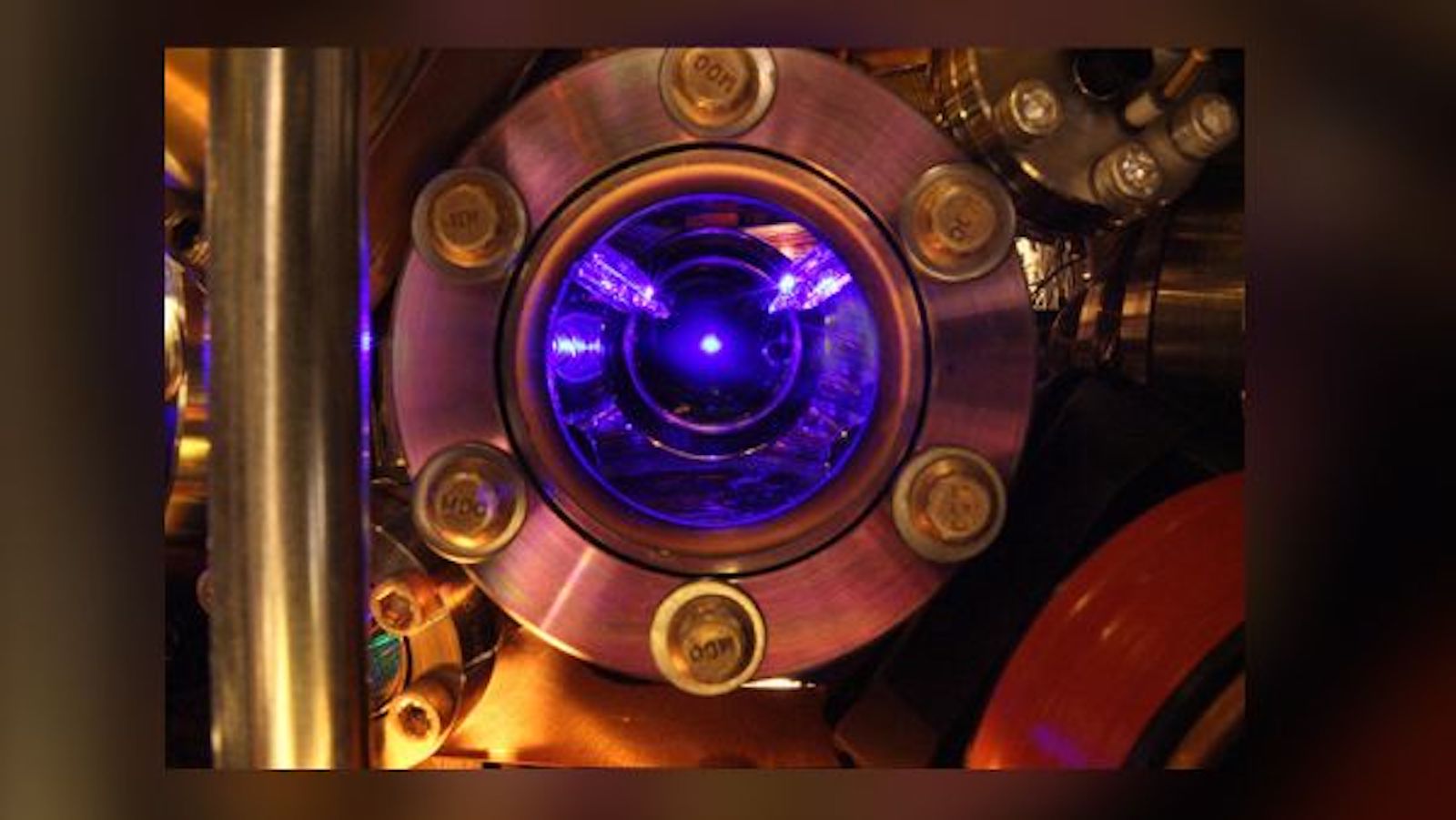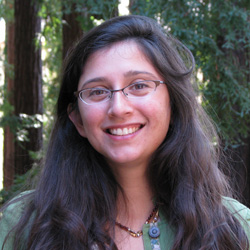
The definition of a second, the most fundamental unit of time in our current measurement system, hasn't been updated in more than 70 years (give or take some billionths of a second).
But in the next decade or so, that could change: Ultraprecise atomic optical clocks that rely on visible light are on track to set the new definition of a second.
These newer versions of the atomic clock are, in theory at least, much more precise than the gold-standard cesium clock, which measures a second based on the oscillation of cesium atoms when exposed to microwaves.
"You can think of it as equivalent to having a ruler with tick marks every millimeter, as opposed to a stick that measures just 1 meter," Jeffrey Sherman, a researcher with the National Institute of Standards and Technology's Time and Frequency Division in Boulder, Colorado, told Live Science.
In June, the International Bureau of Weights and Measures may release the criteria needed for any future definition of the second, The New York Times reported. So far, no single optical clock is quite ready for prime time.
But a new definition could be formally approved as soon as 2030, Sherman said. The new type of optical clock could help unmask dark matter, the invisible substance that exerts gravitational pull; or find remnants of the Big Bang called gravitational waves, the ripples in space-time predicted by Einstein's theory of relativity.
Fundamental unit of measure
The current standard second is based on a 1957 experiment with an isotope, or variant, of cesium. When pulsed with a specific wavelength of microwave energy, the cesium atoms are at their most "excited" and release the largest possible number of photons, or units of light.
Get the Space.com Newsletter
Breaking space news, the latest updates on rocket launches, skywatching events and more!
That wavelength, dubbed the natural resonance frequency of cesium, causes the cesium atoms to "tick" 9,192,631,770 times every second. That initial definition of a second was tied to the length of a day in 1957 — and that, in turn, was linked to variable things, such as the rotation of Earth and the position of other celestial objects at that time, according to The New York Times.
In contrast, optical atomic clocks measure the oscillation of atoms that "tick" much faster than cesium atoms when pulsed with light in the visible range of the electromagnetic spectrum. Because they can tick much faster, they can, in theory, define a second with much finer resolution.
There are multiple contenders to supplant cesium as the reigning timekeeper, including strontium, ytterbium and aluminum. Each has its pluses and minuses, Sherman said.
To achieve such clocks, researchers must suspend and then chill atoms to within a hair's breadth of absolute zero, then pulse them with the precisely tuned color of visible light needed to maximally excite the atoms. One part of the system shines the light on the atoms, and the other counts up the oscillations.
But some of the biggest challenges come from making sure the laser is emitting the exact right color of light — say, a certain shade of blue or red — needed to kick the atoms into their resonant frequency, Sherman said. The second step — to count the oscillations — requires a so-called femtosecond laser frequency comb, which sends pulses of light spaced at tiny intervals, Sherman said.
Both elements are incredibly complicated feats of engineering and can take up an entire lab room on their own, Sherman said.
Uses of optical clocks
So why do scientists want ever-more-precise atomic clocks to measure the second? It's not just an academic exercise.
Time does not simply march to its own drum; Einstein's theory of relativity says it is warped by mass and gravity. As a result, time may tick infinitesimally more slowly at sea level, where Earth's gravitational field is stronger, than at the top of Mount Everest, where it is ever-so-slightly weaker.
Detecting these minute changes in the flow of time could also reveal evidence of new physics. For instance, dark matter's influence has so far been detected only in the distant dance of galaxies circling one another, from the bending of light around planets and stars, and from the leftover light from the Big Bang.
But if clumps of dark matter lurk closer to home, then ultraprecise clocks that detect the tiny slowing of time could find them.
Similarly, as gravitational waves rock the fabric of space-time, they squish and stretch time. Some of the biggest gravitational waves are detected by the Laser Interferometer Gravitational-Wave Observatory, a several-thousand-mile relay race for light that measures blips in space-time created by cataclysmic events such as black hole collisions. But a battalion of atomic clocks in space could detect these time dilation effects for much slower gravitational waves, such as those from the cosmic microwave background.
"They're so-called primordial gravitational waves that might be leftover remnants from the Big Bang," Sherman said.
Originally published on Live Science.
Join our Space Forums to keep talking space on the latest missions, night sky and more! And if you have a news tip, correction or comment, let us know at: community@space.com.

Tia is the assistant managing editor and was previously a senior writer for Live Science, a Space.com sister site. Her work has appeared in Scientific American, Wired.com and other outlets. She holds a master's degree in bioengineering from the University of Washington, a graduate certificate in science writing from UC Santa Cruz and a bachelor's degree in mechanical engineering from the University of Texas at Austin. Tia was part of a team at the Milwaukee Journal Sentinel that published the Empty Cradles series on preterm births, which won multiple awards, including the 2012 Casey Medal for Meritorious Journalism.










